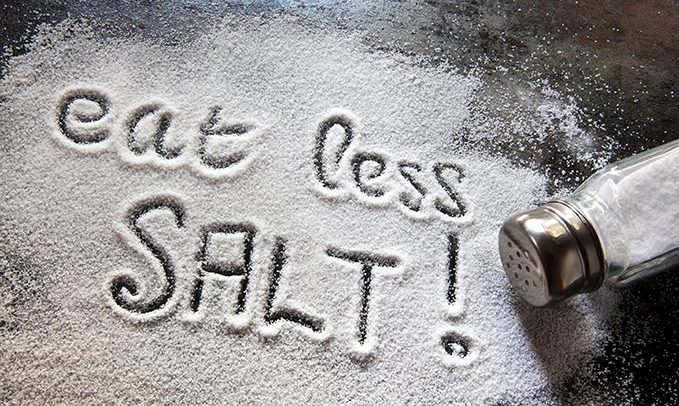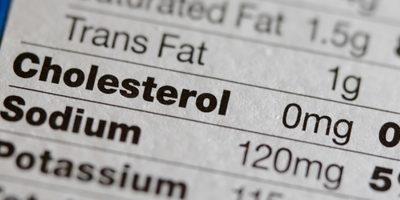
Hidden salt killing hundreds of thousands every year in India
New research from the George Institute for Global Health, Public Health Foundation and Centre for Chronic Disease Control, India highlights the high levels of salt in packaged food sold in India. The survey, which looked at 5796 packaged food products, revealed huge differences in the salt content of similar foods, with some containing almost 10 times more salt than others, and less than a quarter of products would meet the UK 2017 salt targets.
‘The high level of salt in processed food is a great public health concern, as we are noticing a shift in dietary habits towards more convenience foods,’ said Dr Vivek Jha, Executive Director of the George Institute India.
The main problem caused by salt is high blood pressure which greatly increases the risk of stroke, heart attack and kidney failure. ‘These are all now leading causes of death and disability in India,’ he added.
The research looked at 9 main food categories which contribute salt to the diet in India, and revealed that many food groups contain excessively high levels of salt. In particular, cooking sauces, table sauces and spreads contained on average 5 and a half grams of salt per 100g, with some containing 10 times that amount, and others with almost no salt at all.
‘This is particularly alarming as sauces and spread are often added to meals, and with such high salt contents will add substantially more salt to the diet,’ said Dr Jha.
Similarly, papads, a popular meal accompaniment, contained up to as much as 5g salt/100g, whilst others contained no salt. ‘These findings clearly illustrate that food manufacturers are able to produce these foods with much less salt’ said Clare Farrand, Senior Project Manager for salt reduction strategies, WHO Collaborating Centre for Salt reduction at The George Institute for Global Health, Sydney.
‘In view of this report, and the change in dietary habits, there is an urgent need for the government of India to develop a clear set of criteria or targets to reduce the amount of salt added to food by the food industry. This research provides baseline data on the amount of salt in foods sold in India, which can be used to develop reformulation targets to reduce salt levels in food as part of a national salt reduction strategy and reduce the risk of stroke and heart disease related disease death in India.’
The World Health Organisation recommends all member states reduce mean population level salt intake by 30% by 2025. The WHO Collaborating Centre on population salt reduction at The George Institute for Global Health, Sydney has a remit to support countries to achieve these targets.
Further to this, the survey revealed that only a third of products had salt content on the nutrition label, making it impossible for Indians to know how much salt they would be eating, and make a healthier choice. Almost a quarter of products carried no nutritional details at all.
‘We think it’s important that Indian consumers can easily see what’s in their food; there is a clear need for better food labelling,’ said Dr Prabhakaran from the Public Health Foundation of India and Centre for Chronic Disease Control New Delhi. He noted that ‘It currently isn’t mandatory to display salt levels on food packaging but it’s certainly something we need to consider.’
To help Indians make healthier packaged food choices and stay healthy, The George Institute India has launched ‘FoodSwitch’ – an innovative nutrition mobile app. Users can download the app for free from the iTunes store or Google Play and use it to scan the barcode of any packaged food product.
The ‘FoodSwitch’ app will display a colour coded label coloured green (good), amber or red (limit) depending upon the amount of salt in the product. It will also show the same colour coding for fats and sugars. FoodSwitch will also list similar but healthier alternatives, making it easier than ever before to make a better choice.
Read the full Salt content of processed foods in India report (PDF 617KB).







